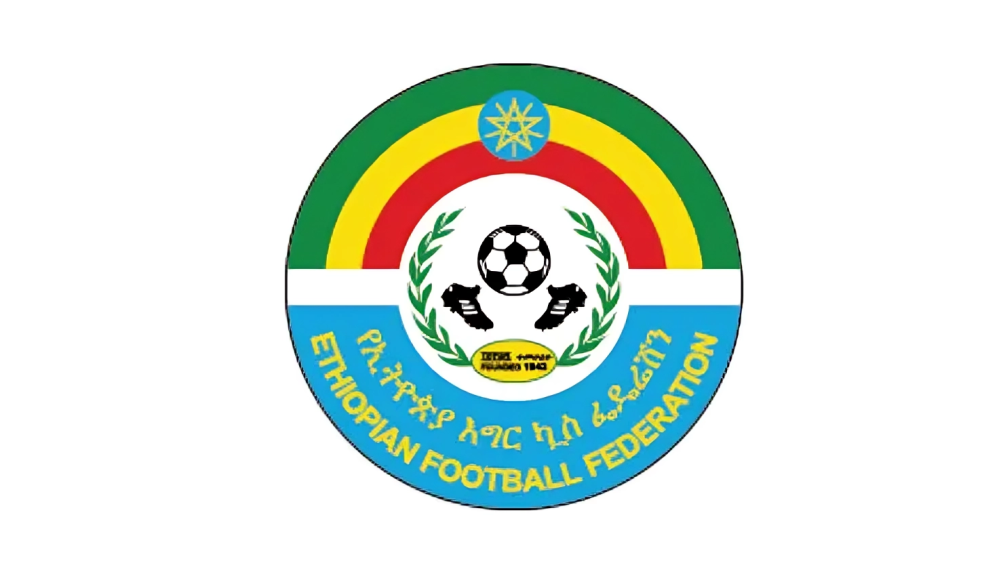The arrangements for the FIFA World Cup are going apace, and FIFA World Cup 2026 host cities are right now launching grand infrastructure works that are changing the face of the urban environment quite rapidly. The preparations of the host cities, who firstly make huge alterations to their stadiums, develop public transport, and pursue sustainability targets, are focused on the millions of visitors they will welcome with comfort, efficiency, and world-class experiences.
Stadium Modernization
One of the most important aims of the host cities for FIFA World Cup 2026 host cities is the huge metamorphosis of their stadiums. Each city is putting in a lot of effort to redecorate and modernize its sports facilities. Not only are the cities increasing the seating capacity to fit the huge number of spectators expected from different countries, but they are also adding the latest technology to these venues.
Among the features that will come are digital ticketing systems, eco-smart lighting, and cutting-edge turf management technologies. These changes will facilitate the athletes in improving their game quality, and in addition, the fans will get a much smoother, safer and enjoyable experience.
Transportation & Accessibility
As people come from across the world, FIFA World Cup 2026 host cities put into operation major processing of infrastructures along public transportation networks. New metro lines are under development, airports are scheduled for enlargement, while shuttle systems are launching to provide an easy connection between the stadiums, hotels, and turistic points.
Apart from that, the cities also want to make accessibility their foremost concern. Universal design has been brought in, with alongside ramps and elevators their tactile guidance systems are being set so as to make it easier for tourists with disabilities to find their way around. Such steps are not temporary—therefore they are meant to have long-lasting impacts on urban mobility.
Community & Sustainability Goals
Moreover, beyond simply handling logistics, the FIFA World Cup 2026 host cities regard this global event as a great opportunity to engage in community-driven and environmental development through this performance. Many cities are adopting green building codes, generating renewable energy at key venues and setting new benchmarks for eco-friendly construction.
Local businesses are harnessing the synergy—teaching staff language skills, increasing food and drink options, and taking part in artistic programs to express their distinct identity. The World Cup serves as a jumping-off point for cities to present not only their stadiums but also their souls.
Long-Term Impact Beyond the Final Whistle
Urban readiness, community involvement, and sustainability are the aspects that view FIFA World Cup 2026 as the biggest event not only in the sports world but also in culture and economy. The event is seen as a catalyst for long-term economic and cultural factors. City officials and planners are certain that these developments will benefit long after the last whistle has blown—by improvements to infrastructure, increasing global visibility, and volume of business.
What’s Next for Future Hosts?
As the bustle of the build-up reaches a climax, the world looks to these host countries of FIFA World Cup 2026, for some tips. The successes and mistakes of today’s host cities will be the guide for future tournaments. Cities that consider hosting in 2030 or later are looking at today’s FIFA World Cup 2026 host cities which are upgrading with major infrastructure, and thus, are gaining ideas for their attempts.
Job Creation and Local Workforce Engagement
This little-noted yet equally significant outcome is the incredible growth in employment due to the entire process of upgrading the infrastructures. The sector of construction, transport, tech and hospitality is witnessing a flourish in the hiring of staff because of the coming World cup event. From laborers who work on stadium upgrades to software developers who manage smart city apps, the right workforce is being deployed on a big scale.
The FIFA World Cup 2026 host cities going through the readiness process are also launching staff training programs to ensure that the service levels are met per the international standards. The programs will include hospitality certification, emergency management workshops, and language training for frontline workers. The efforts will not only empower local communities but will enable the area to build a workforce that will be ready for global markets — that is a workforce which is not only needed for the tournament but also in future years.
Security & Emergency Services Expansion
A broad expansion of security infrastructure is being made. Almost all the cities are likely to implement new facilities for modern surveillance, smart checkpoint systems, and a mission rapid-response center. FIFA World Cup 2026 host cities are working with international cybersecurity companies and local policemen to ensure both physical and internet safety.
Public safety campaigns are being run to make citizens and tourists aware of the emergency protocols. Besides, many cities are also investing in multilingual support systems for emergency hotlines and digital apps to ensure that fans from any country such as help in real time.
On top of that, there will be mobile care units close to the fan zones and stadiums as well which is the cities’ way of managing the crowd of people. These units will act as first aid stations by treating injuries, sun stroke, and any other urgent issues that may arise. The improvements to health infrastructure, in this case, are the major solutions we can offer. The increase in the number of people who watch the matches safely and efficiently is only a bonus.
Environmental Impact Mitigation
The environmental footprint of a mega sporting event is always a worry. In this connection, many of the FIFA World Cup 2026 host cities are implementing carbon mitigation plans. Among the key features of these are the construction of solar-powered stadiums, water harvesting systems, and the establishment of zero-waste fan zones that recycle and compost.
As environment-friendly cities are also planting out urban green belts and parks and building them around the stadium as part of their World Cup planning. Not only are these strategies helping to decrease the rate of emissions but they also help to beautify the city, and on top of that, they improve the quality of life of the residents in the future.
Several of the venues are keen to apply for LEED certification, which is in accordance with FIFA’s push for environmental sustainability. The cities of Vancouver, New York, and Madrid are already demonstrating how environmental goals alongside sports can create a new standard for future competitions around the world.
Education & Youth Engagement Programs
In addition to physical infrastructure, the cities are also investing in the educational outreach and youth programs directly linked to the FIFA World Cup 2026. Schools and universities in host areas are launching football-driven STEM challenges, are organizing essay contests, and are mentoring youth with former football players and local leaders.
In fact, often the schools surrounding the stadium districts will be the hot beds for upgrades too—such as better connectivity, classroom renovations, and e-learning platforms. These innovations are expected to leave behind a legacy of an improved social infrastructure that will be just as valuable as the new roads or stadium seats.
Youth-centered cultural exchanges are also being arranged for the students to attend, allowing them to meet players and fans from all over the world and promoting the notions of cross-cultural awareness and global citizenship.
External Engagement and Strategic Collaborations
As the FIFA World Cup 2026 host cities gear up with major infrastructure upgrades, local governments are forming strategic alliances with private corporations and international sporting bodies. These partnerships aim to bring cutting-edge innovation and ensure that the legacy of these improvements lasts long after the final whistle.
Particularly, the cities of Dallas and Toronto have signed collaboration agreements with companies that specialize in smart city infrastructure, while Los Angeles is working with global sustainability consultants on setting no waste target for of the stadiums and providing. These partnerships mean that the funds used today might as well make events future proof.
Like that, FIFA, itself, proclaims a Sustainability Strategy that provides a route that all host countries are to follow to meet eco and social demand. On the other hand, smart ticketing with face recognition technology initiatives are co-produced with leaders in digital innovations, creating an experience that is both seamless and secure for fans.
Final Thoughts
The infrastructural changes which kick off and also run throughout the FIFA World Cup 2026 are solely the result of the cities which through their major infrastructure upgrades do not only prepare for some sports event rather they are actually bringing new life to Ireland. This is the authentic legacy of football: one that goes far beyond the pitch.


